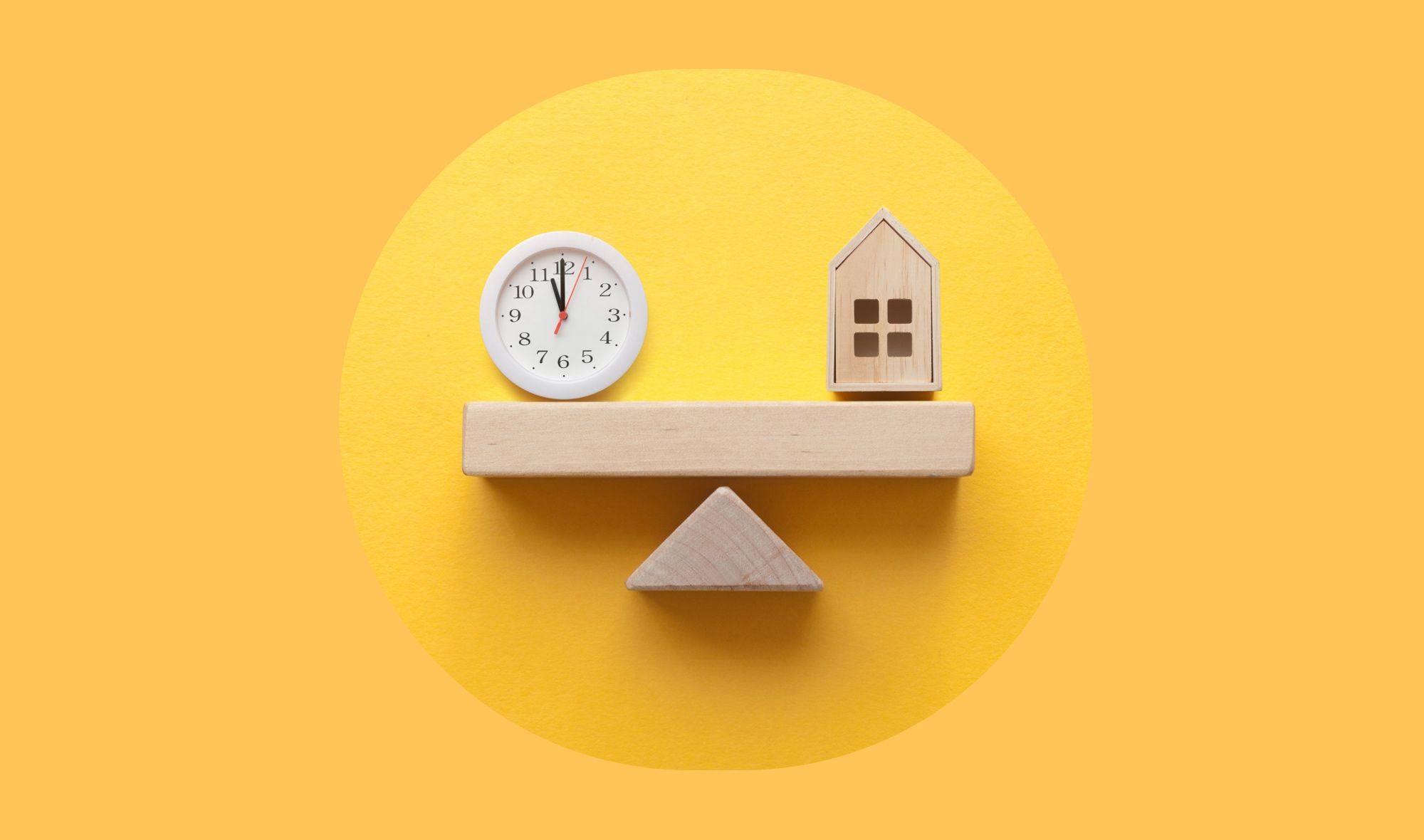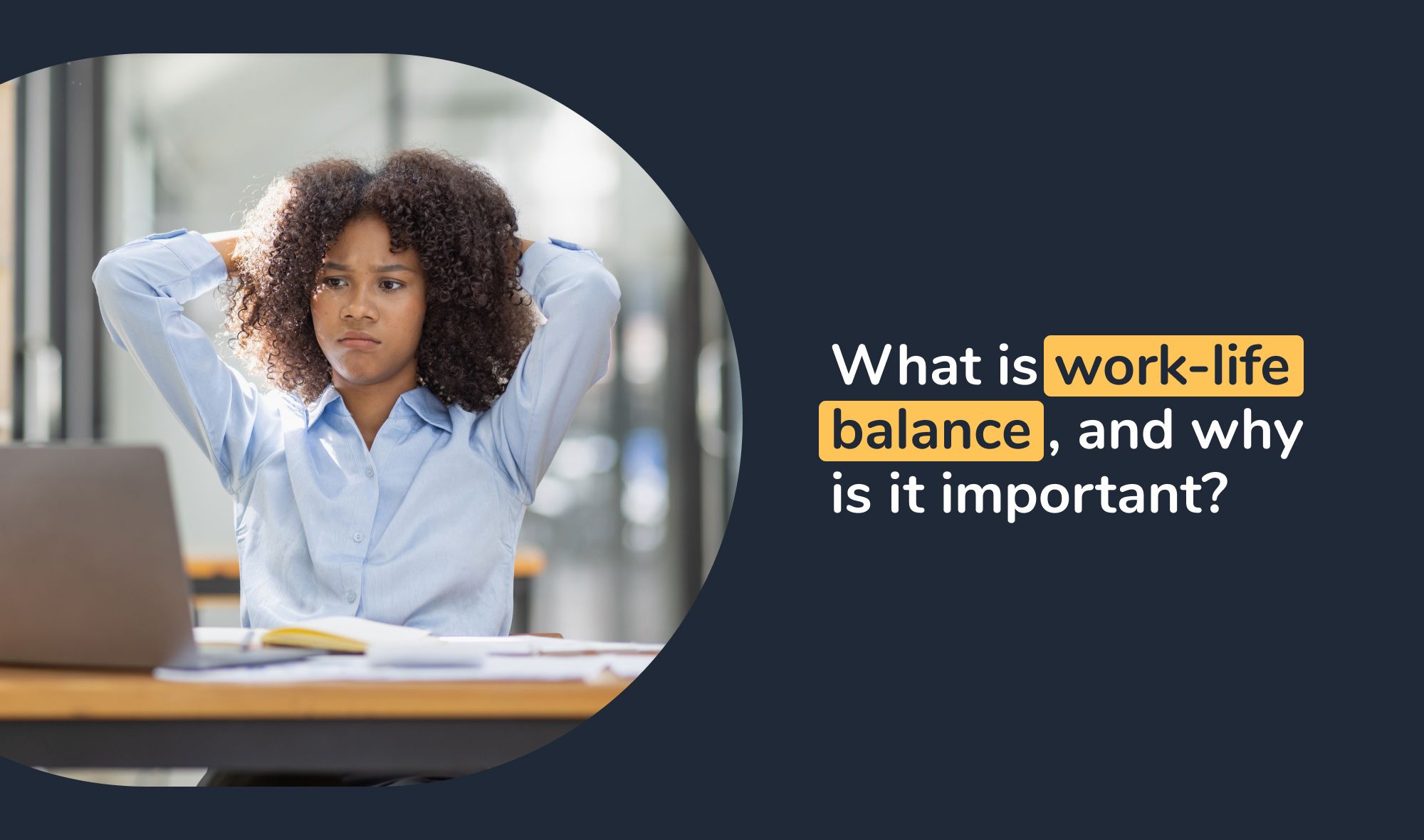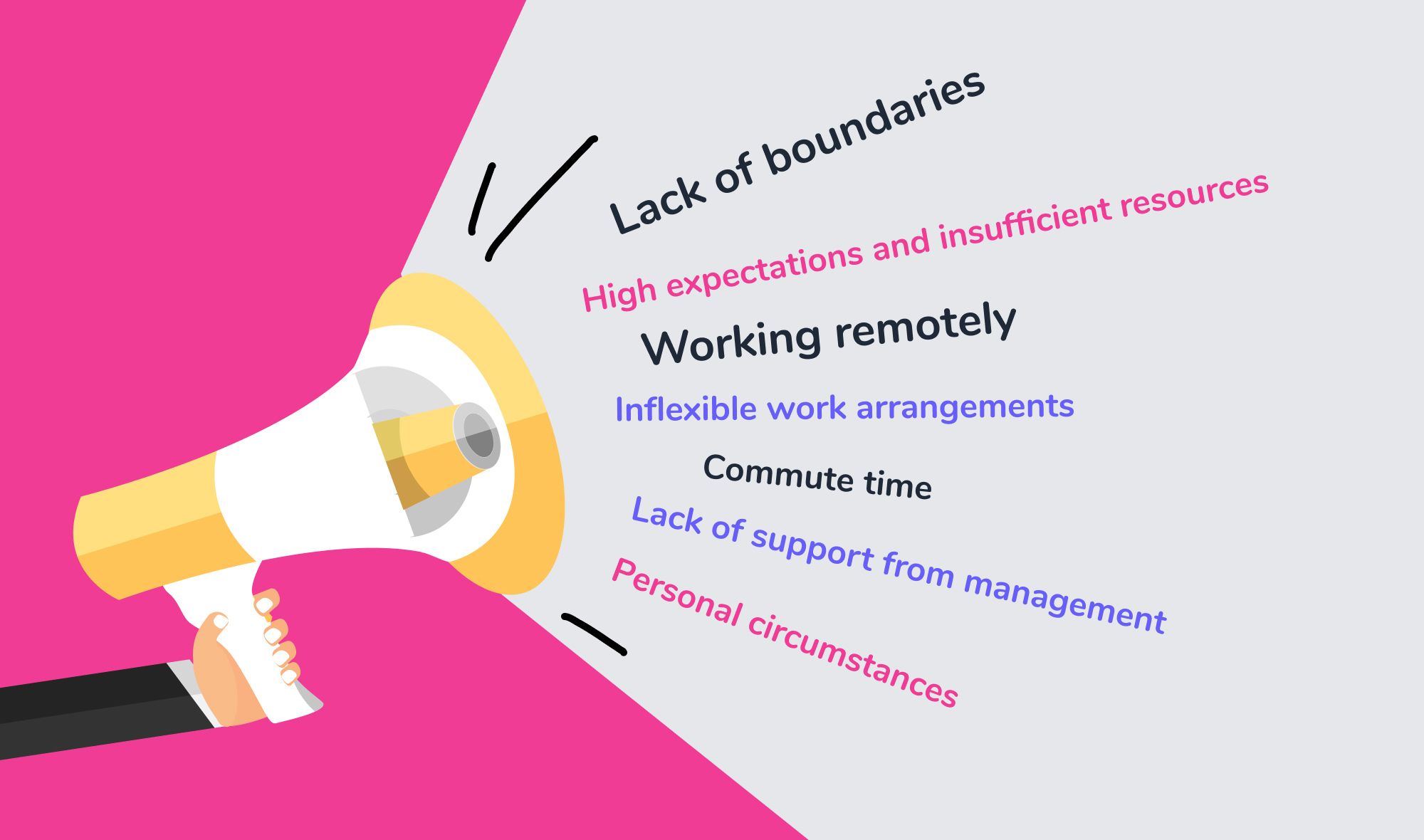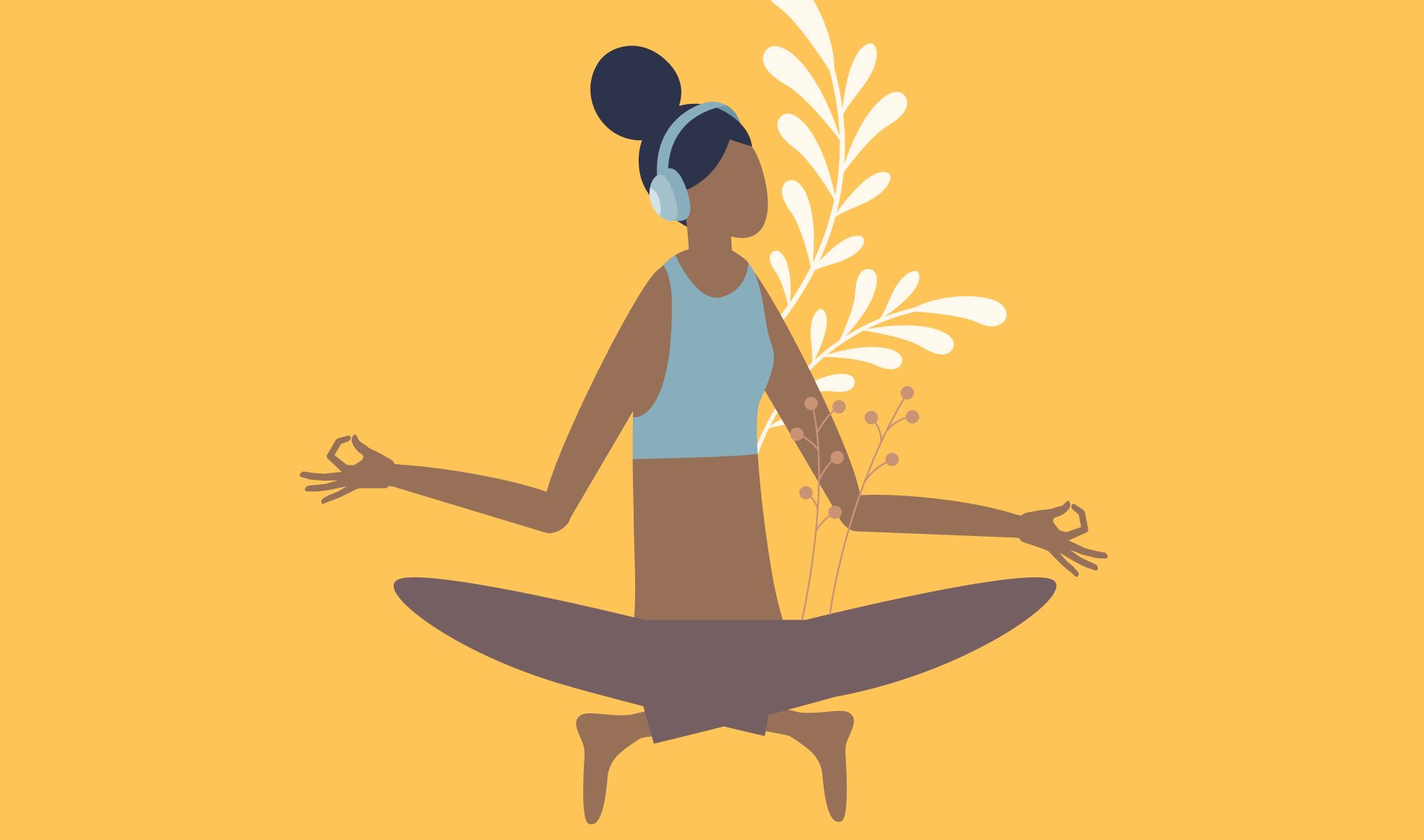
In today's fast-paced society, Americans are increasingly struggling to balance their work and personal lives. With demanding jobs, busy families, relationships, and personal needs, it can feel impossible to find time for everything.
This constant juggling act has only become more challenging in recent years, as advances in technology have made it easier for work-life to seep into our personal time. The result is a nation of overworked, overstressed, and overwhelmed individuals who struggle to find a sense of balance and fulfillment. However, achieving a better work-life balance is critical for our health and well-being, as well as our relationships and overall happiness.
In this blog post, we will provide ten simple steps that you can take to find a balance between work and life. These tips will help you prioritize what matters most, manage your time effectively, and take care of your physical and psychological health. By implementing these strategies, you can regain control of your life, reduce stress, and spend your free time enjoying a more fulfilling and balanced existence.
What is work-life balance, and why is it important?

Work-life balance refers to the equilibrium between an individual's personal life and their work life. It means having enough time and energy to devote to one's job, while also being able to enjoy fulfilling personal relationships, hobbies, and other non-work-related activities.
Achieving work-life balance is essential for maintaining good physical and mental health, reducing stress, and preventing burnout. It can also lead to increased job satisfaction, better relationships with family and friends, and a higher quality of life overall.
When work and personal life are out of balance, it can lead to feelings of overwhelm, fatigue, and stress, which can have negative impacts on both physical and mental health. In addition, if work takes up too much time and energy, it can negatively impact personal relationships and prevent individuals from pursuing hobbies and interests they enjoy.
Common roadblocks to finding balance

Overall, a poor work-life balance can be caused by a variety of things, and it's essential to identify these factors and find ways to address them to achieve a healthier balance. Here are some of the top adversaries to a balanced lifestyle.
Lack of boundaries:
A lack of clear boundaries between our work and personal lives can make it difficult to switch off from work and lead to longer working hours. This can be caused by work-related activities spilling over into personal time, such as checking emails or taking work calls outside of work hours.
High expectations and insufficient resources:
When employees are expected to meet high demands but do not have the necessary resources, it can lead to increased stress and longer working hours, ultimately leading to a poor work-life balance.
Working remotely:
Recent research confirms that over 25% of Americans were working from home full-time in 2022, up 450% from 2018. Remote work can lead to a blurring of work and home life, making it harder to maintain a clear separation between the two. For example, checking work emails or taking work calls during personal time can make it challenging to fully disconnect from work and can lead to anxiety and burnout.
Inflexible work arrangements:
Inflexible work arrangements, such as not being able to adjust work hours to accommodate personal responsibilities, can also make it challenging to balance all of one's obligations.
Commute time:
A long commute time can reduce the amount of time an individual has for personal activities outside of work, making it harder to maintain a healthy work-life balance.
Lack of support from management:
When management does not support work-life balance, it can lead to increased stress and pressure on employees, ultimately leading to a poor work-life balance.
Personal circumstances:
Personal circumstances such as family responsibilities, health issues, or financial difficulties can make it challenging to balance work and personal life.
How to live a balanced life

Having a healthy work-life balance is important for all individuals, regardless of their profession or stage of life. It allows for greater fulfillment and satisfaction both at work and outside of work, leading to a happier, healthier, and more productive life overall.
If creating balance in your life has been a struggle thus far, rest assured that you've landed in the right place. By following these 10 steps, you will be equipped to identify and focus on what matters, adjust your world to prioritize your happiness, and ultimately master the balancing act.
Step 1: Plan for happiness
Start by identifying what makes you happy and fulfilled in your personal and professional life, and then create a plan to achieve balance in your life. When you have a clear understanding of what brings you joy and fulfillment, you can prioritize those activities and create a schedule that allows you to incorporate them into your daily life.
Spend time with loved ones to help you build strong relationships and provide a sense of connection and support. Having positive relationships with family members or a best friend can make a world of difference when it comes to boosting self-esteem and protecting your peace.
Achieving career goals can also provide a sense of purpose and accomplishment, but it's important to find balance between your career and personal life. Prioritizing professional goals is necessary, but it shouldn't come at the expense of personal relationships or self-care.
Here are 45 self-reflection questions to nurture your mind, body, and soul for you to get started.
Step 2: Set goals and priorities
Once you have identified what makes you happy and fulfilled in your personal and professional life, it's important to set specific goals and priorities to accomplish those things. This can help you center your time and energy on what's most important and avoid getting sidetracked by less critical tasks.
For example, if spending intentional time with your loved ones is a top priority, you can set a goal to have dinner with them at least three times a week. You can then prioritize this time in your schedule and make sure that work-related activities do not interfere with this goal. You can also delegate tasks at work or adjust your work schedule to ensure that you have enough time to spend with your family.
Similarly, if you have a career goal, such as obtaining a promotion or changing careers, you can set specific steps to reach that goal. This may include taking courses, networking with industry professionals, or updating your resume. By setting specific goals and prioritizing the steps needed to ascertain them, you can stay focused and motivated in both your personal and professional life.
To accomplish this, you can start by making a list of your personal and professional goals, along with the steps needed to be successful. From there, you can prioritize these goals and create a schedule that allows you to focus on what's most important. It's important to review and adjust your goals and priorities regularly to ensure that you are making progress and staying aligned with what's most important to you.
Step 3: Learn to say "no"
Learning to say "no" can be challenging, but it's an essential skill for maintaining a healthy work-life balance. It's important to set boundaries and prioritize your time to avoid overcommitting yourself and becoming overwhelmed with tasks and responsibilities.
One resource that can help you learn to say "no" is the book "The Power of No: Because One Little Word Can Bring Health, Abundance, and Happiness" by James Altucher and Claudia Azula Altucher. The book provides practical strategies and advice for setting boundaries, managing time and saying "no" without feeling guilty or ashamed.
Another helpful resource is the online course "Boundaries and Saying No" by The Mindful Habit. This course provides tools and techniques for setting boundaries and learning to say "no" in both personal and professional settings. The course includes video lessons, worksheets, and exercises to help you develop the skills needed to prioritize your time, avoid overcommitting yourself, and ultimately find balance.
In addition to these resources, practicing saying "no" in low-stakes situations can help you build confidence and become more comfortable with setting boundaries. Remember, saying "no" is not a sign of weakness or selfishness, but rather a way to protect your time and energy and maintain a healthy work-life balance.
Join our Newsletter
Transform your career with our personal growth insights. Get one valuable tip right in your inbox every Saturday morning.
Step 4: Create a schedule
Creating a schedule is an essential tool for managing your time effectively and ensuring that you have a healthy work-life balance. It helps you plan and organize your day, allowing you to allocate time for both work-related tasks and personal activities.
Using a digital calendar or planner can be especially helpful as it allows you to easily adjust your schedule and receive reminders about upcoming tasks and events. Additionally, there are many productivity apps available that can help you plan and organize your day, such as Trello, Asana, and Todoist.
Step 5: Take breaks
When it comes to developing a good work-life balance, regular breaks matter. They not only help prevent burnout and reduce stress, but they can also increase productivity and improve overall well-being.
Taking short breaks throughout the day, such as taking a walk around your local park, stretching, or meditating, can help improve focus and mental clarity, allowing you to return to your work with renewed energy and focus. Short breaks can also help prevent physical strain and reduce the risk of developing health problems such as eye strain, back pain, or repetitive strain injuries.
In addition to short breaks, taking longer breaks or vacations is also important for avoiding burnout and maintaining a healthy work-life balance. Longer breaks allow you to recharge and engage in activities that you enjoy, whether it's spending time with loved ones, traveling or pursuing hobbies. This can help reduce stress and increase overall well-being.
Step 6: Prioritize self-care and mental well-being
Incorporating self-care practices into your daily routine is essential for maintaining a healthy work-life balance. By prioritizing good habits that promote mental wellness, you can reduce the risk of burnout and attain a well-balanced life.
Exercise is a great way to improve your overall health. Incorporate physical activity into your routine by taking a walk during your lunch break, practicing yoga in the morning, or going to the gym after work for some strength training. Even just 20-30 minutes of exercise per day can make you feel good, especially when combined with a healthy diet and enough sleep.
Meditation can also help reduce work-related anxiety, improve concentration, and promote relaxation. Incorporate meditation into your daily routine by setting aside a few minutes each day for quiet reflection or guided meditation. If you are new to There are many apps and online resources available to help you get started with meditation.
Step 7: Disconnect from work
It can be challenging to disconnect from work-related activities such as email or phone calls especially when your boss expects you to be available at all times. However, establishing a clear separation between work and home life is essential for maintaining a healthy work-life balance.
If you find yourself unable to achieve balance because of your supervisor's expectations, schedule a meeting to discuss your concerns. Be gentle and respectful in your approach and direct the conversation toward finding solutions that work for both of you.
Step 8: Delegate tasks
Don't be afraid to ask for help when you need it. Delegating tasks to others can be an effective strategy for finding balance between work and personal obligations. Delegation allows you to free up time and reduce your workload, making it easier to juggle all of your responsibilities.
Consider who on your team or in your family or circle of friends is best suited to handle the tasks you've identified. This can include colleagues, assistants, family members, or friends. Next, make a list of tasks that can be delegated, such as administrative work, data entry, or scheduling appointments. The key is to pick tasks that are time-consuming but don't require your specific skills or expertise. Check-in periodically to ensure that the delegated tasks are being completed as expected and provide feedback and support as needed.
Step 9: Learn to be present in your everyday life
Being present "in the moment" means fully engaging in and experiencing the current moment without being distracted by thoughts, worries, or concerns about the past or future. It involves focusing your attention on what is happening right now and fully immersing yourself in the present experience.
When you spend quality time with loved ones or engage in personal activities, be present in the moment and avoid distractions from work-related thoughts or tasks. To remove the temptation, try adjusting your notification settings so that any messages received before or after a certain time are silenced.
Step 10: Build a support system
Cultivating a supportive network is essential for achieving a healthy work-life balance. By making time for social activities, participating in group activities, seeking support from colleagues, communicating openly, and prioritizing quality time, you can build a strong and supportive network that helps you manage stress and achieve a well-balanced life.
Recap: how to find life balance
Achieving a healthy work-life balance can seem like an elusive goal, but with the right strategies and mindset, it is possible. By following these 10 simple steps, you can start to take control of your time and prioritize the positive things in your life that matter most. From planning for happiness and setting priorities to learning to say no and prioritizing self-care, each step is designed to help you find balance and live a more fun and fulfilling life.
Whether you work remotely or in an office, whether you're a student or a working professional, these steps can help you reach a better work-life balance and improve your overall physical and emotional state. Remember, finding balance takes time and effort, but the rewards are well worth it. With dedication and a commitment to self-care and a positive mindset, you can achieve a well-balanced life that allows you to thrive both personally and professionally in the future.
Join our Newsletter
Transform your career with our personal growth insights. Get one valuable tip right in your inbox every Saturday morning.
Read more about: Life Coaching
About Julian Lewis
Julian Lewis is a driven and accomplished professional with a passion for driving positive change in the business world. He is the co-founder and COO at Zella Life.
His own experience as a professional of color in a Fortune 500 company led him to discover the limitations for advancement that many professionals like himself face. Determined to reach his full potential, Julian became an established business coach and entrepreneur, committed to supporting others in their pursuit of personal and professional growth.
Today, Julian is a recognized corporate trainer, coach, and leader, known for his ability to leverage real-life experiences and evidence-based methodologies to affect positive change within individuals and organizations. As the leader of Zella Life's coaching division, he is dedicated to empowering individuals and businesses to achieve their full potential.